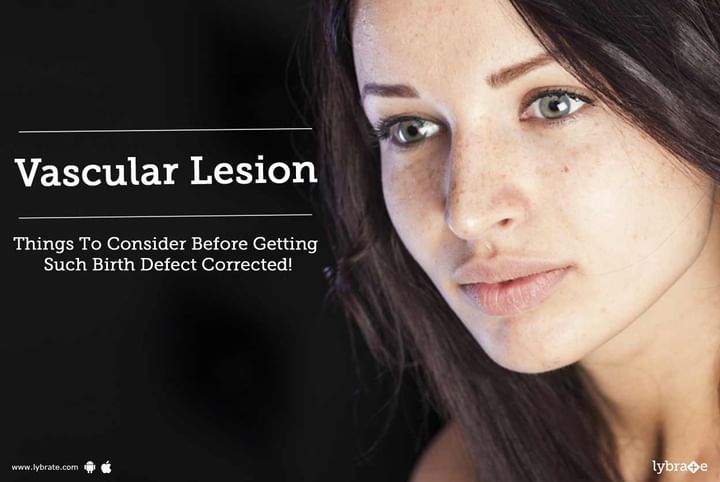Vascular Lesion - Things To Consider Before Getting Such Birth Defect Corrected!
Vascular lesions: Cutaneous vascular lesions are the most common birthmarks found in children. The vascular malformations have a tendency to persist but hemangiomas may involute gradually. They are the result of a huge network of vessels that are formed underneath the skin and can lead to complications like pain, bleeding, cosmetic disfigurement, infection, etc. It is necessary to seek treatment for both medical and cosmetic reasons.
Low flow Cutaneous vascular malformations are best treated by laser surgery and it is effective sometimes for cosmetic reasons. High flow vascular malformations need therapeutic embolisation followed by surgical excision. Hemangiomas may need surgery for residual lesions after involution of the lesion. Use of laser surgery successfully can help in eliminating certain targets (chromophores) within your skin by putting into use the beam of requisite wavelength, energy setting and pulse duration.
Initially, these caused serious side-effects like scarring of the skin or permanent dyspigmentation but after the development of photothermolysis technique, the side-effects were less seen. Things to keep in mind before lesion treatment The main forms of treatment include laser therapy. Surgery is less used at present as it poses the risk of hemorrhage. The patient should be aware of a few things before going through the treatment procedures.
1. Cutaneous vascular malformations are best treated by laser surgery for cosmetic reasons. Hemangiomas may need surgery for residual lesions after involution of the lesion.
2. Laser therapy can treat vascular lesions such as telangiectasias or spider veins, port wine stain, birthmarks and strawberry hemangiomas. The laser is safer and more effective because it proves to be useful in treating the blood vessels of a lesion without affecting the surrounding tissues.
2. The patient may experience temporary discoloration of the skin surrounding the treatment site. This blue-green discoloration is known as purpura and it usually fades within a week.
3. A topical antibiotic in the form of an ointment or cream may be required by some patients after the treatment. If you wish to discuss about any specific problem, you can consult a Cosmetic/Plastic Surgeon.



+1.svg)
